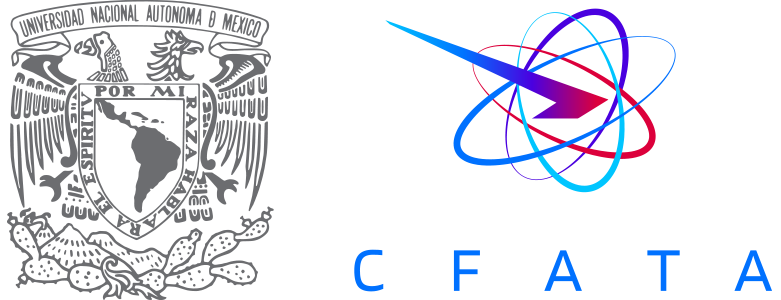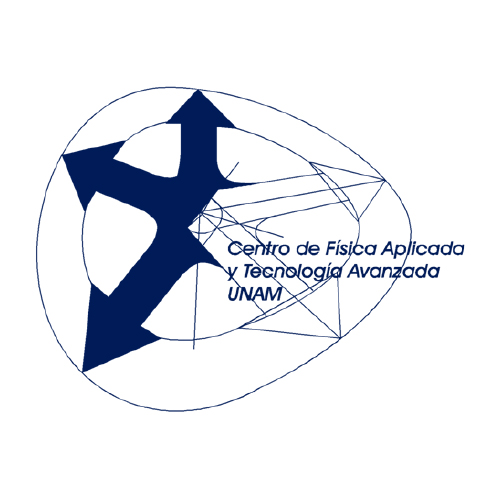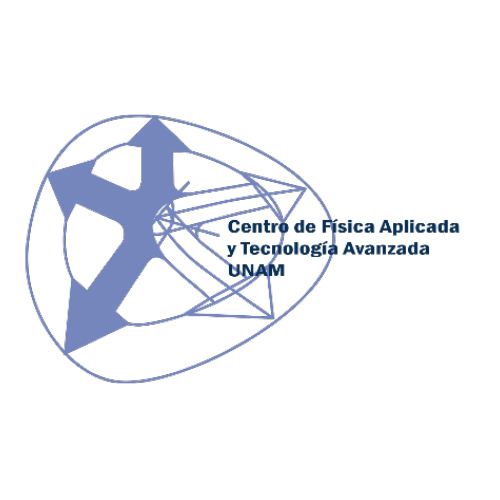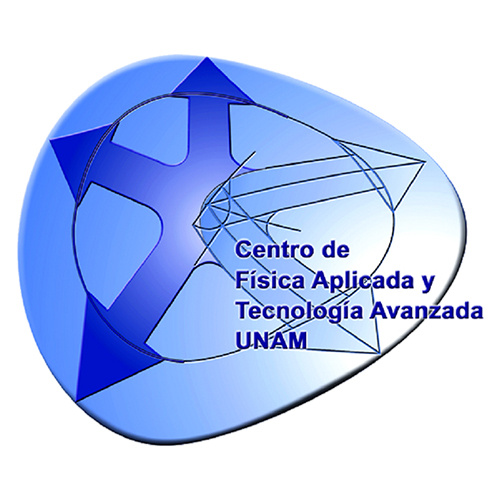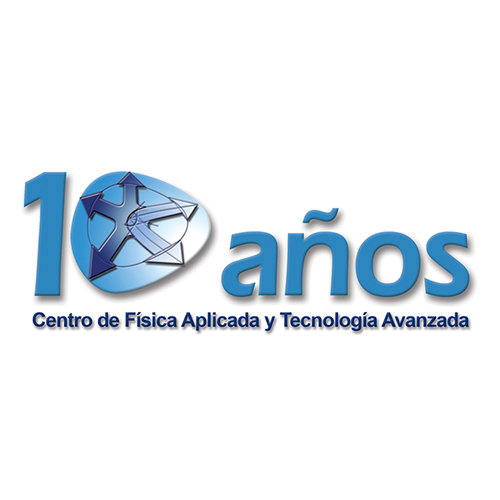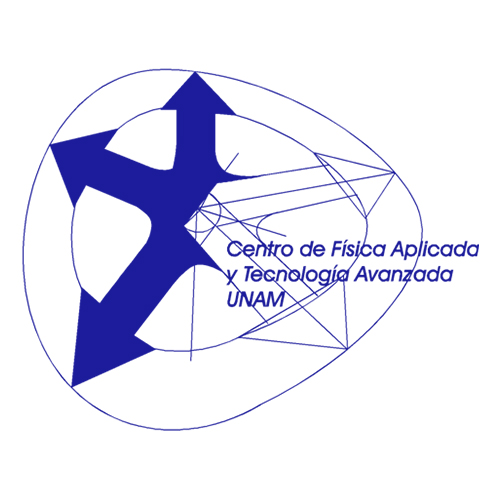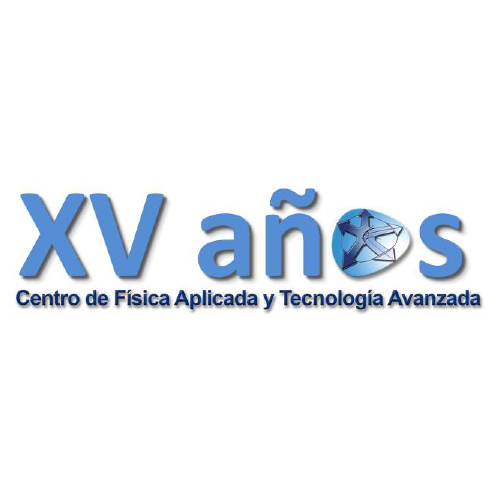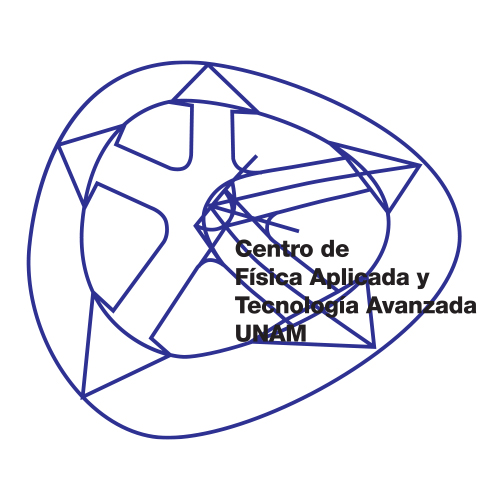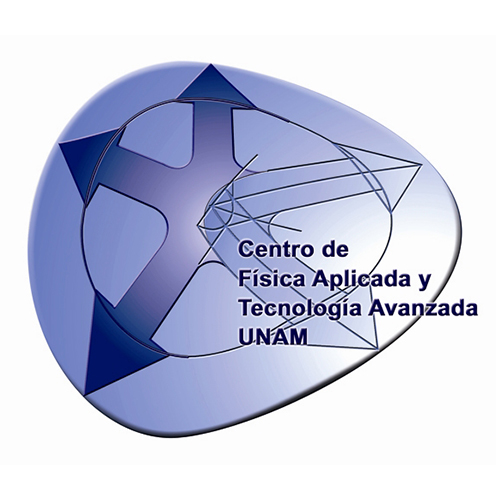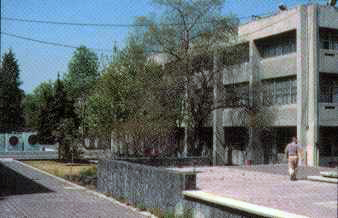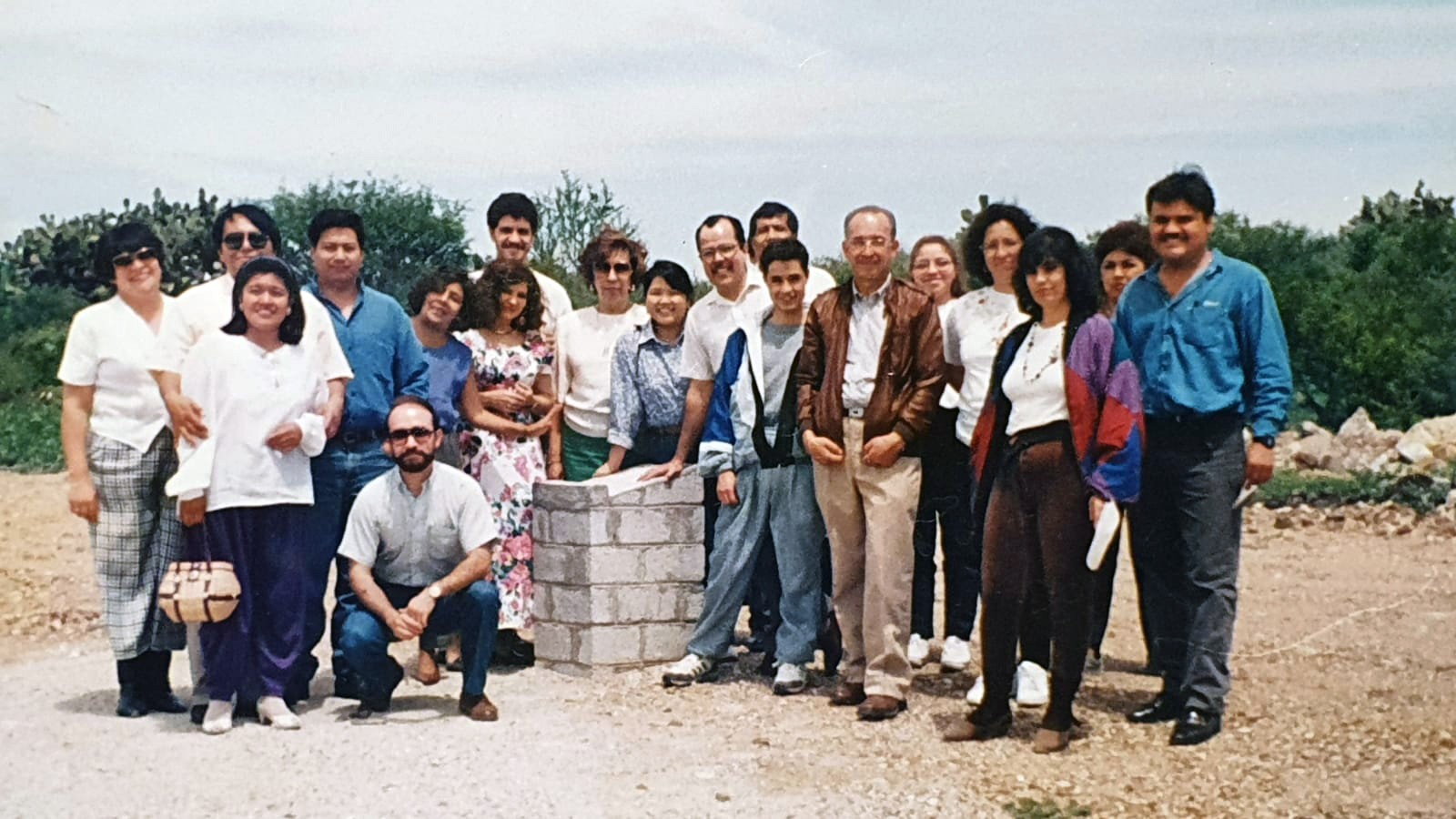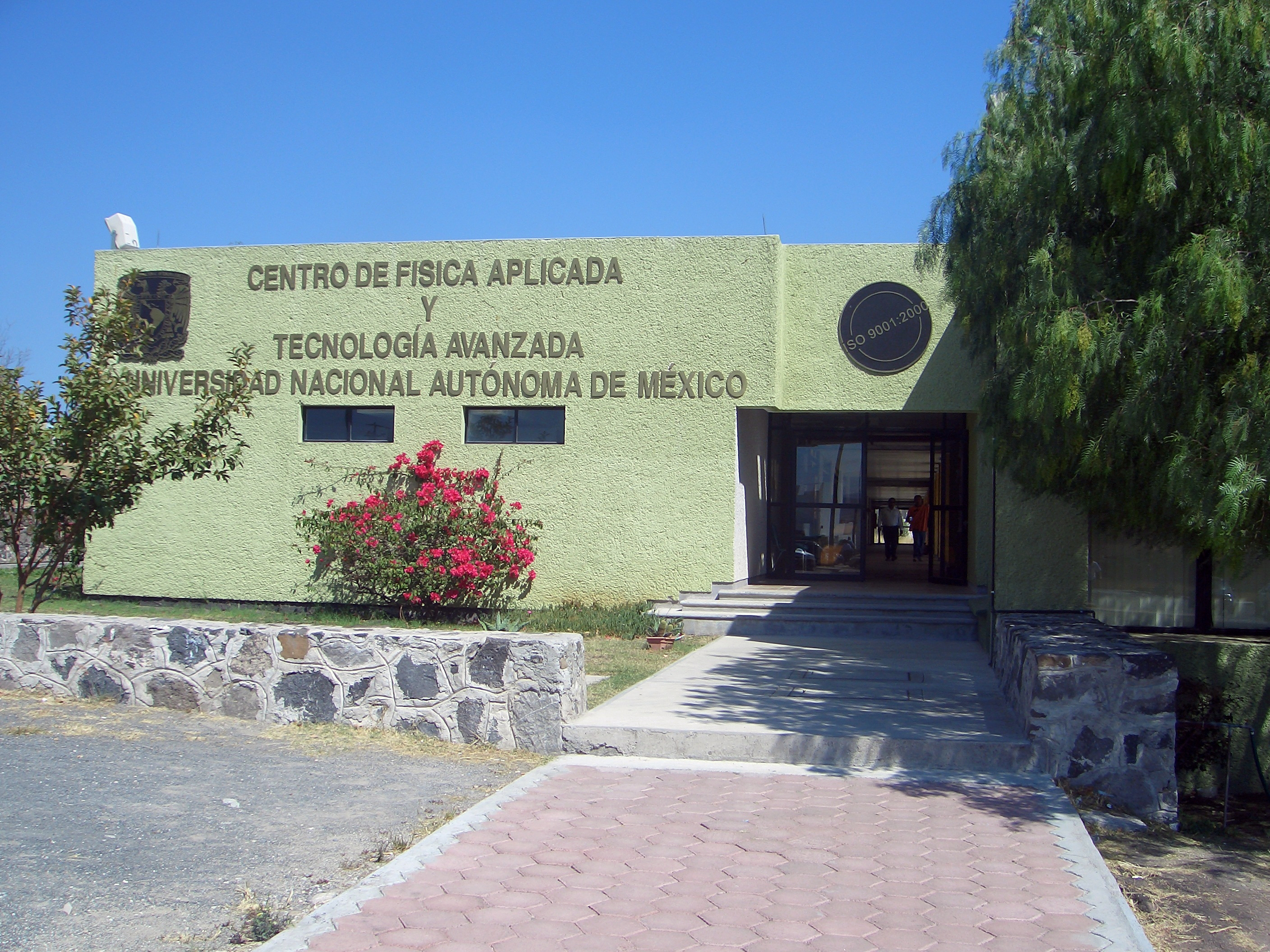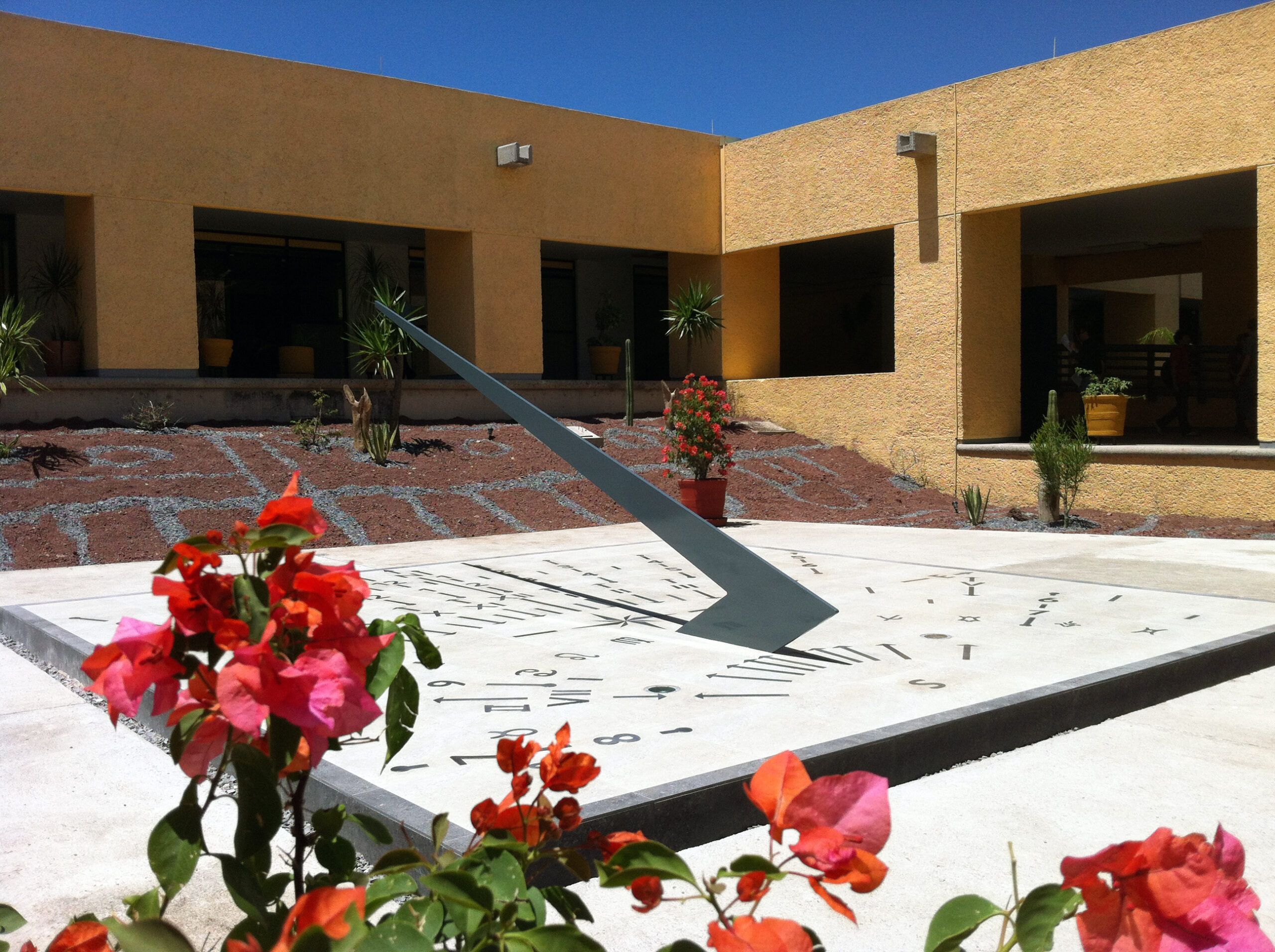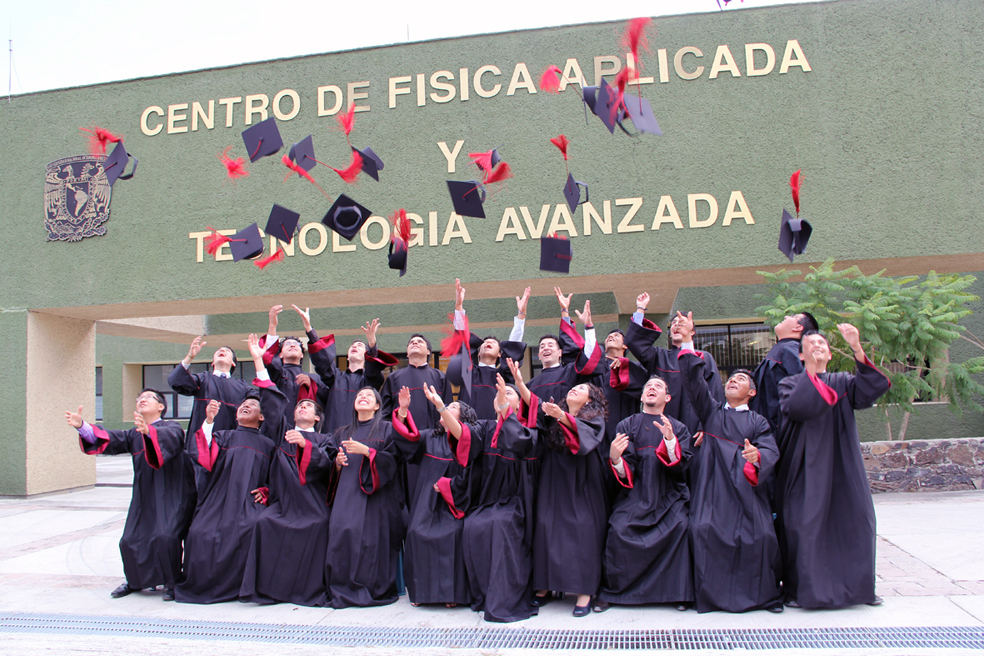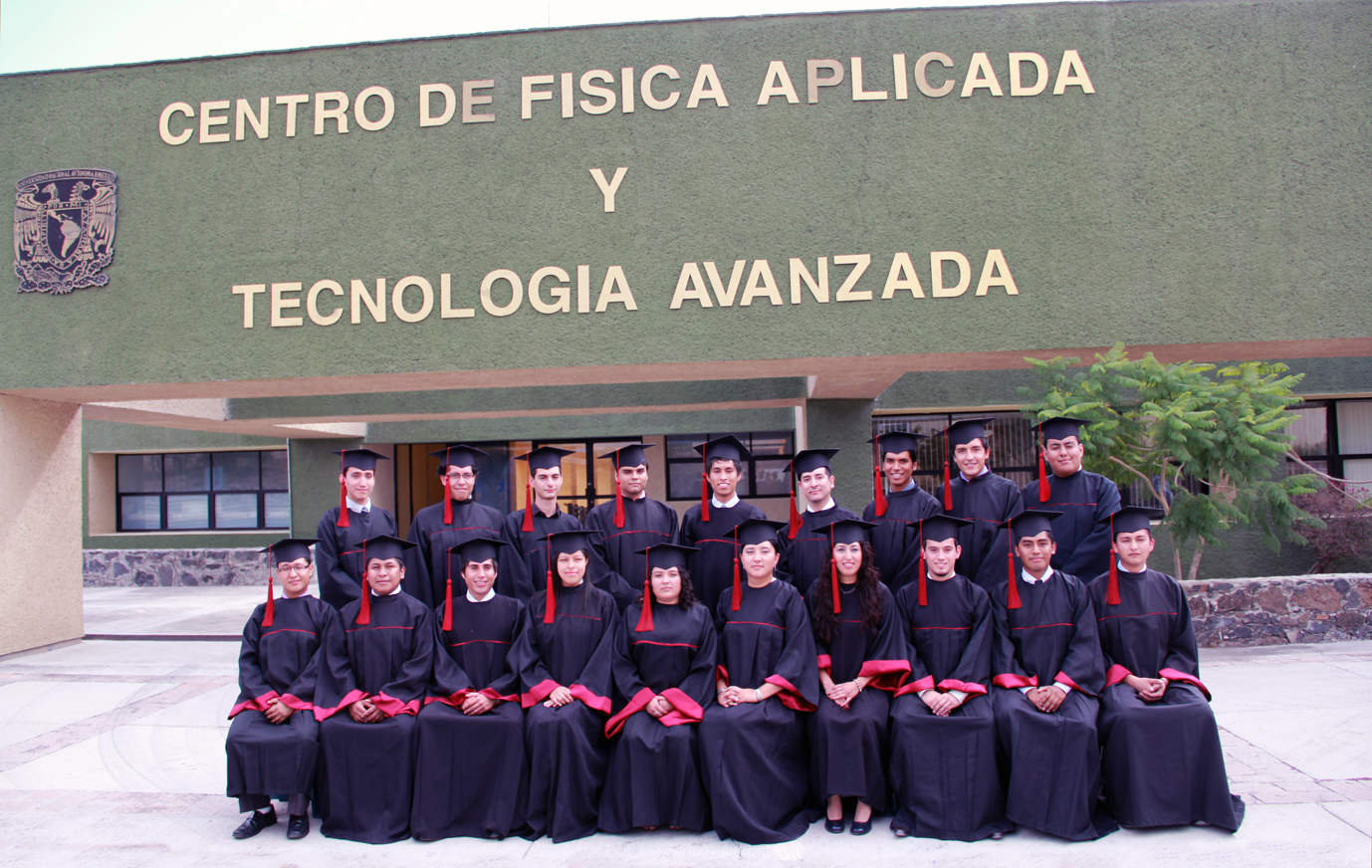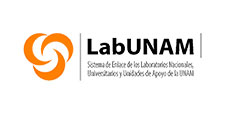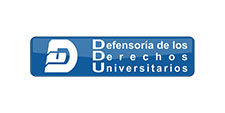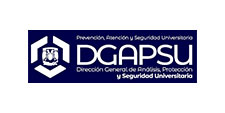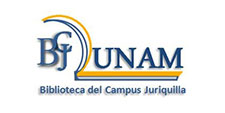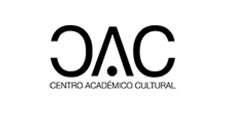History
CFATA
Our history
Created in 1991, the Center for Applied Physics and Advanced Technology had its origin as a department of the Institute of Physics (IF) of the UNAM in Ciudad Universitaria, Mexico City. In 1998 it was moved to Querétaro, Mexico (still as a department of the IF), and very soon it acquired its own character so that in 2002, it became an independent Research Center and was relocated to the Juriquilla campus of the UNAM. It was created to carry out basic and applied research having physics as its main axis, but with a multidisciplinary approach; to train high-quality human resources and link academic work with industry and society; to address technological problems, and to participate actively in the scientific and technological development of the region and the country.
The CFATA has advanced the state of the art for physics research. The Center stands out for its high productivity in peer-reviewed scientific papers, for the innovative nature of its projects, for its achievements, and for its technological developments, some already transferred and in use by the productive sector.
We have laboratories that were created to develop relevant research areas that have been consolidating to form an infrastructure that makes it possible to tackle projects involving liaisons with other academic institutions and with the economic sector directly. The National Laboratory for Materials Characterization (LaNCaM) is one of those labs created within the legal framework of the CONACyT, having its headquarters in the CFATA. This laboratory is focused on performing specialized materials characterization services, through analytical tests of X-ray diffraction, optical spectroscopy, microscopy, and mechanical tests. All of which support teaching, research, and the technological development of the country. It receives and meets requests from academia, industry, and society in general.
Positioning itself as a competitive research center of excellence, CFATA has maintained the ISO 9001 certification for 16 years, in its Research and Analytical Services processes, currently certified under the 2015 revision.
Since 2003, the CFATA has been a participant in the Master's and Doctorate in Materials Science and Engineering, both of which are included in the CONACyT's National quality postgraduate program (PNPC), and whose main objective is the training of high-level professionals with solid knowledge and experience in research, capable of making original contributions in the area of materials. These programs have been positioned as an option to give continuity to the studies of graduates of some institutions in Querétaro and the region. Thesis supervision in other graduate programs at UNAM and other public and private institutions has also been a constant task since the Center moved to Querétaro.
In 2007 the CFATA jointly with the Faculty of Higher Studies at Cuautitlán (FES-C), created the Bachelor's Degree in Technology, designed to promote multidisciplinary training and encourage the creativity of students, with the aim of promoting technological innovation in Mexico. In 2011, the first generation of technologists graduated and this degree is currently being transferred to the National School of Higher Studies ENES-Juriquilla, with the collaboration of CFATA academics in teaching courses, advising on research stays, and thesis supervision.
The dissemination of knowledge has occurred in an extraordinary way in Querétaro and in the Bajío region, thanks to the interest of various institutions in establishing academic collaboration agreements with CFATA. This has allowed the exchange of students for the direction and advisory of their thesis of degree, social services, professional practices, internships, and summer and research stays of students from public and private institutions.
Currently, the research groups are being strengthened along priority areas that share efforts and infrastructure and give the Center a clear identity. The use of the LaNCaM infrastructure is also being promoted, as well as the scientific and technological capabilities of the different research groups.
